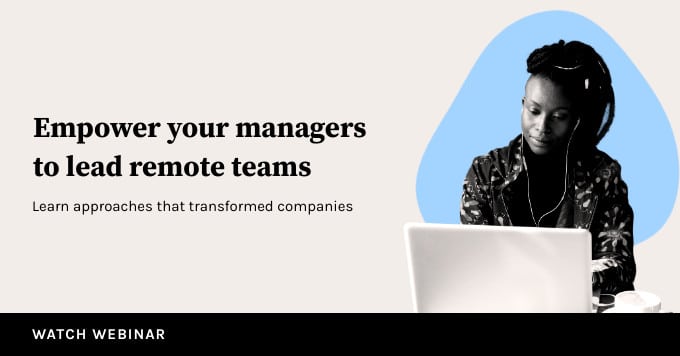While the first two installments of my “Healthy Habits for Remote Workers” series focus more on communication, this installment will focus a little more on the physical aspects of being a remote employee. Remote workers rely on a LOT of screen time.
We can’t put down our phone or laptop to attend a meeting with a notebook… sure, we could use a pen and paper during the meeting, but ultimately we’re still peering closely at our co-workers’ faces through a screen. Eye strain, while not seemingly a big deal, can lead to double vision, neck pain and headaches. Protecting your eyes is important, and adopting a simple eye care regimen can help prevent eye strain.
1) Change the color calibration on your screen to emit less blue light
This is the one that majorly saved me. Many laptops and cell phones have the option to toggle back and forth between “day” and “night” mode. They say “using night mode when it’s dark can help you sleep better” or “feel more relaxed.” But that isn’t the full story! Blue light (we’re gonna get a little scientific here) actually has a shorter wavelength which means it scatters more easily and creates “visual noise,” leading to eye strain (Heiting, 2017).
You can set the calibration on your screen permanently or manually switch back and forth. The change in hue on documents etc. seemed off at first, but I noticed an immediate change in how tired my eyes felt at the end of the day. Now, I cringe at the bright blue-white light coming from a standard screen calibration! Just remember if you need to do anything with colors, the majority of people are looking at screens that emit a stronger hue of blue! So be sure to switch back to a standard calibration and check your design before finalizing your work.
2) Follow the 20-20-20 rule
Try to place your desk near a window or somewhere you can look away from the screen and focus your eyes on an object at least 20 feet away from you for 20 seconds. The 20-20-20 rule says to do it every 20 minutes, but because I have my desk near my window, I find myself looking out at the tops of trees down the street much more often. If you’re in a small space, it might mean getting up and opening the front door to your apartment to look down the hallway at that strange generic painting… in that case, try to make an effort every 20 minutes.
3) Learn about ergonomics
Switch to a larger monitor and put more distance between yourself and the screen and use a larger font. These days you can get some pretty cheap monitors out there and just plug them in with a USB to your computer (and an external keyboard/mouse too) for a basic desktop setup that runs off of your laptop, without having to invest in a new computer. Whether or not you have the ability to purchase new equipment at the moment, it’s worth your time to look into ergonomic design for your work-station. Positioning any working tool at the right distance and height can improve areas of physical strain beyond eyesight.
Being a remote worker often means that you and your team members need to be mindful of communication styles, schedules, and offline time. However, your physical health as a remote worker is just as important as your mental and emotional wellbeing. Staring at a screen all day is sometimes the necessary evil of being remote, but taking the time to instill a practical eye care regimen will, quite literally, save you a lot of headache down the road.
-Alyssa Conley, Director of Coach Community
Interested in reading more?
Check out Health Habits for Remote Workers 1 & 2.

